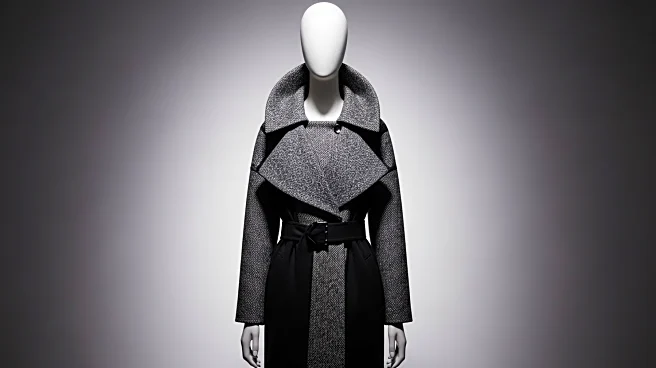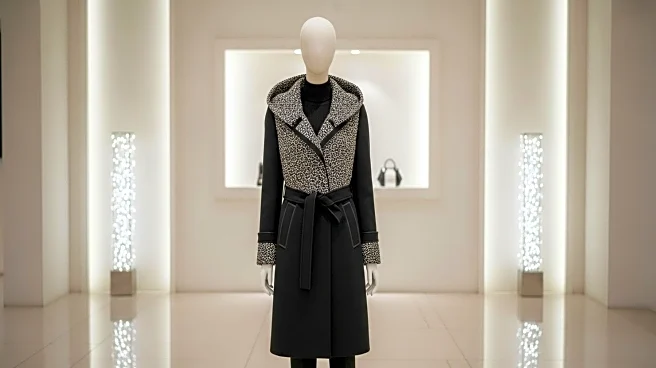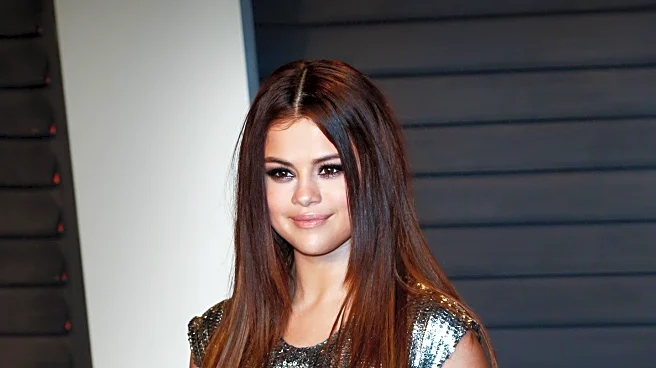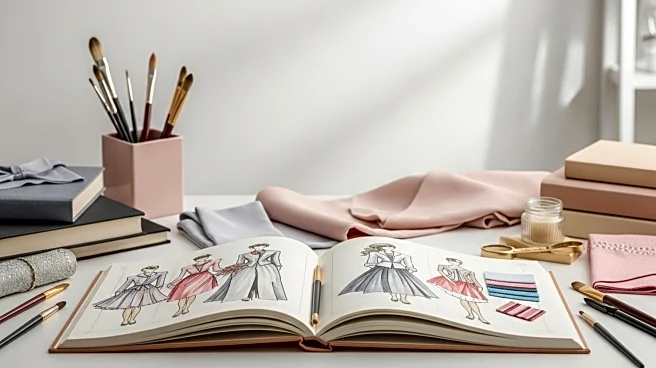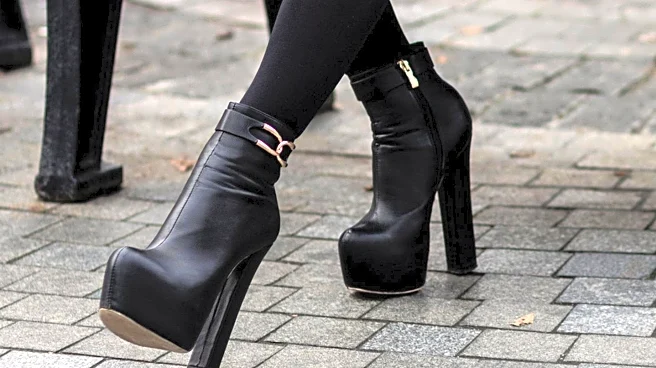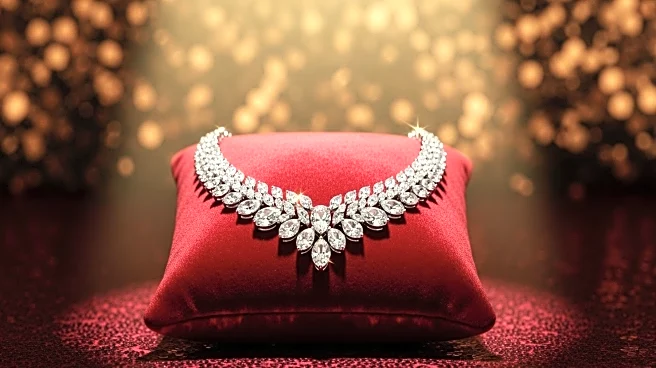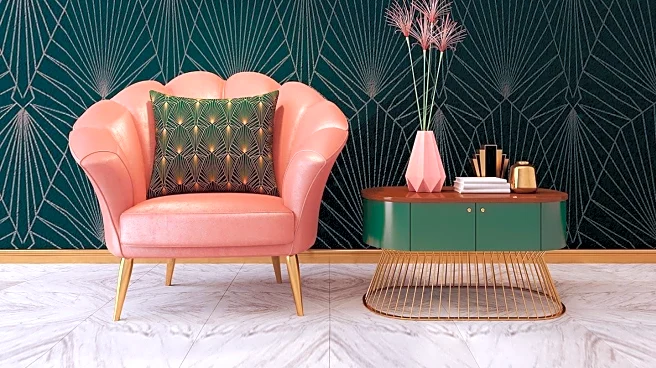What's Happening?
Rob Zangardi, a renowned stylist known for dressing celebrities like Jennifer Lopez and Gwen Stefani, has launched his own outerwear brand called Auter. The collection features a range of wool, shearling, faux fur, and technical waterproof styles, priced between $900 and $1,600. Zangardi aims to offer both everyday basics and statement pieces that make wearers feel like A-listers. He emphasizes the importance of outerwear in fashion, stating that a great jacket or coat can make one feel put together. The launch marks Zangardi's transition from styling to designing, focusing on fashion-first outerwear that stands out.
Why It's Important?
The launch of Auter by Rob Zangardi signifies a shift in the fashion industry where stylists are moving into design, leveraging their expertise to create products that reflect their unique vision. This development could influence consumer trends, as Zangardi's reputation and celebrity connections may drive interest and sales. The focus on fashion-first outerwear could challenge existing brands to innovate and prioritize style alongside functionality. As Zangardi targets high-end consumers, this move may also impact luxury fashion markets, potentially leading to collaborations or competitive responses from established brands.
What's Next?
With the launch of Auter, Zangardi may explore expanding his collection or collaborating with other designers to further establish his brand in the fashion industry. The reception of Auter could influence Zangardi's future design endeavors, possibly leading to a broader range of fashion items beyond outerwear. Industry reactions, including potential partnerships or endorsements from celebrities, could shape the brand's trajectory. Additionally, consumer feedback and sales performance will likely guide Zangardi's strategic decisions in expanding his brand presence.
Beyond the Headlines
Zangardi's move into designing outerwear highlights the evolving role of stylists in the fashion industry, where they are increasingly seen as creators rather than just curators. This trend may encourage other stylists to pursue similar paths, potentially diversifying the market with fresh perspectives. The emphasis on fashion-first outerwear also raises questions about sustainability and ethical production practices, as consumers become more conscious of the environmental impact of their purchases. Zangardi's approach could inspire discussions on balancing style with sustainability in fashion design.
